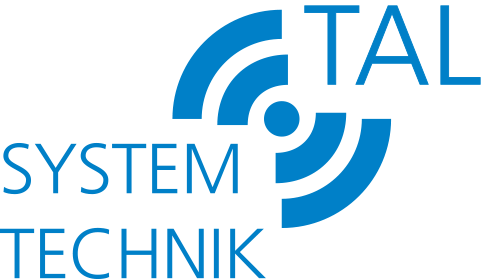Optimizing Energy Consumption in Telecom Facilities through Advanced Energy Management Systems
Telecommunication facilities have become an integral part of our daily lives, serving as the backbone for our interconnected world. However, these facilities consume a significant amount of energy to handle our ever-increasing data requirements, resulting in significant operational costs and environmental impact. In order to reduce energy consumption and mitigate these challenges, advanced energy management systems have emerged as a solution.
One key aspect of optimizing energy consumption in telecom facilities is the efficient management of heat generated by various equipment. This is where “hitzebeständige Abgasschläuche” or heat-resistant exhaust hoses, play a crucial role. These hoses are designed to withstand high temperatures, enabling them to efficiently remove exhaust gases from generators, cooling systems, and other equipment. By using these hoses, telecom facilities can ensure that excess heat is effectively dissipated, preventing equipment from overheating and reducing the need for additional cooling mechanisms.
Furthermore, advanced energy management systems provide real-time monitoring and control of energy usage within these facilities. By integrating intelligent sensors and automated control systems, telecom operators can effectively track and manage energy consumption. This allows them to identify energy inefficiencies, optimize equipment performance, and reduce unnecessary power usage. For example, the systems can automatically adjust temperature and lighting levels based on occupancy and usage patterns, minimizing energy wastage in areas with low activity.
In addition, advanced energy management systems enable effective energy storage and utilization. Renewable energy sources such as solar panels and wind turbines can be integrated into the telecom facilities to generate clean energy. The excess energy produced during low-demand periods can be stored in batteries or other energy storage systems and used during peak hours, reducing reliance on grid electricity and decreasing energy costs. By utilizing the keyword “hitzebeständige Abgasschläuche” in these energy management systems, telecom facilities can enhance their overall energy efficiency and reduce their carbon footprint.
Moreover, these systems can provide detailed energy consumption reports and analytics, helping telecom operators identify potential areas for improvement. Through this data-driven approach, operators can implement targeted energy-saving measures, such as upgrading equipment, improving insulation, or replacing inefficient devices. By optimizing energy consumption and reducing operational costs, telecom facilities can create a more sustainable and environmentally friendly operation.
In conclusion, energy management systems offer significant benefits in optimizing energy consumption in telecom facilities. The integration of “hitzebeständige Abgasschläuche” enables the efficient dissipation of excess heat, preventing equipment overheating and reducing the need for additional cooling systems. Real-time monitoring, control, and storage of energy allow for intelligent management and utilization. By implementing advanced energy management systems, telecom facilities can enhance their energy efficiency, reduce operational costs, and contribute to a greener future.
************
Want to get more details?
TAL Systemtechnik GmbH
https://www.tal-systemtechnik.de/
+49 7731 68405
Byk-Gulden-Straße 36, 78224 Singen
TAL Systemtechnik GmbH – Wir produzieren und liefern Ihnen konfektionierte Dämmstoffe nach Maß, Akustische Dämmung zur Schallisolierung, den TL flexibler Abgasschlauch hitzebeständig und diverse Schallschutzvorhänge für die Industrie.
